Outdoor Gardens,
Lobby + Gift Shop
April - September
10 am – 6 pm daily
October - March
10 am – 4 pm daily
Bolz Conservatory
Closed March 11 - June 14 for Planned Maintenance
Schumacher Library
Permanently Closed
Every day there are opportunities to explore and celebrate the natural wonders of plants. Learn and grow with us.
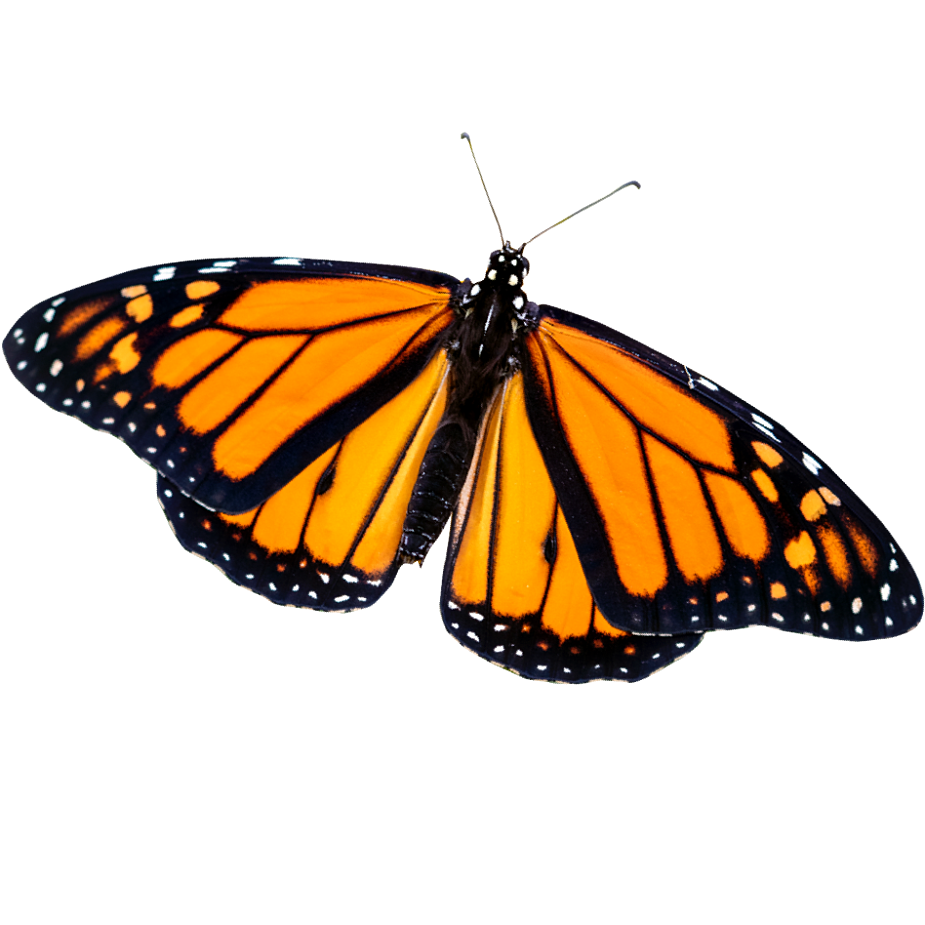
Whether it's live music, a special exhibit, a plant sale, or one of our many other programs, there's always something to do and see at the Gardens.
You can also find countless learning opportunities here - from classes and workshops for adults, to family programs made especially for little learners.
Many community groups and garden clubs also host their sales, shows, and exhibits at Olbrich throughout the year.
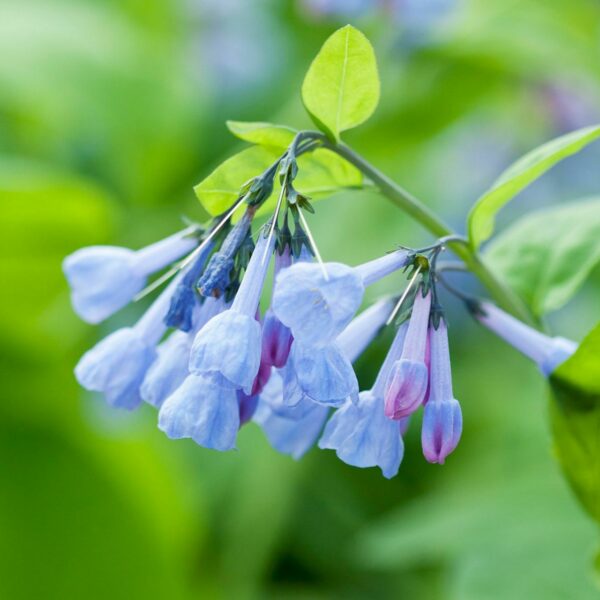
Spring marks the beginning of a new cycle of seasons and would not be the same without Olbrich Gardens' annual Perennial Plant Sale! Curated plug trays are currently on sale, while individually potted perennials will go on sale April 16 at 10 a.m.

Award winning horticulturist, botanist, and plant collector Daniel Hinkley believes visually satisfying gardens rely on three concepts: punctuation, accentuation, and exclamation. Learn how to create balance in your garden by utilizing these concepts just as Hinkley has in many places including at his most recent and personal project, Windcliff. Hinkley is a teacher, writer, lecturer, consultant, nurseryman, naturalist, gardener, and recipient of numerous awards including Veitch Memorial Medal (V.M.M.) from the Royal Horticultural Society of Great Britain in 2007 “for outstanding contribution to advancing the science and practice of horticulture” and the Liberty Hyde Bailey Award from the American Horticultural Society in 2006. Above all, he is committed to solid and sustainable horticultural practices, above average garden plants, landscapes of distinction and raising the collective awareness of the diversity of plant life on Earth as well as the magic and mysteries of our natural world.
While providing a source of beauty and respite to our community is core to what we do, so is serving as responsible stewards of the planet and all forms of life that call it home.
Olbrich has worked hard throughout the years to become a leader in sustainable horticulture, which factors in ecosystem impacts and resource conservation when planting and maintaining gardens, instead of focusing solely on design and aesthetic considerations.
By reevaluating long-held beliefs and adopting some best practices, we can learn to work with nature, not against it.
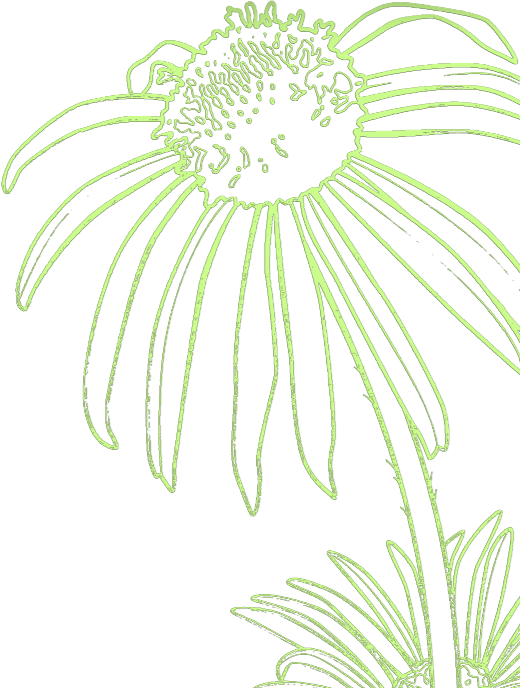
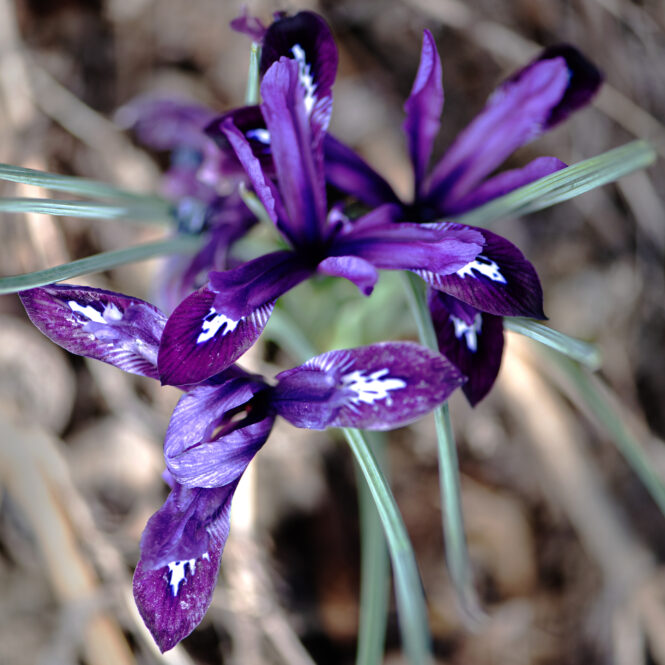
Spring in Wisconsin may not be for everyone, but we’re working on gaining converts. Check out our Top 5 insider tips on how to learn to love spring in the gardens.
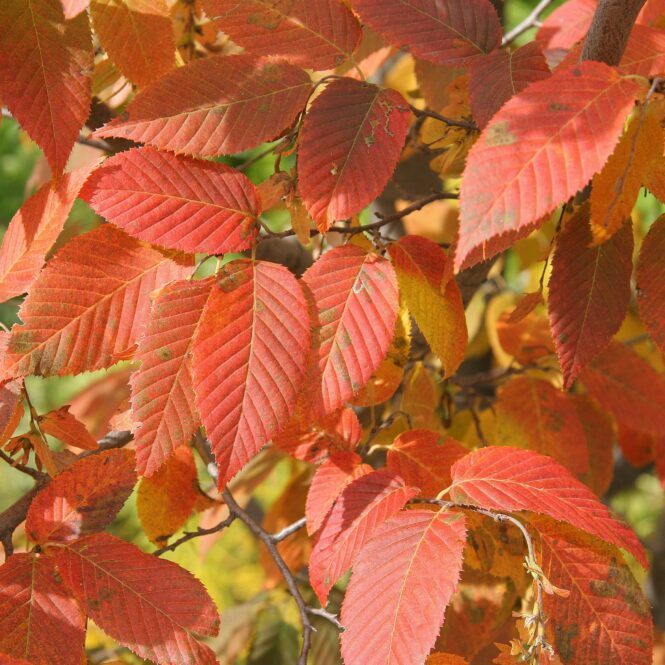
This small, native, understory tree can be found naturally in moist, deciduous woods. It has an attractive, rounded form and could be planted as a specimen tree for shady sites in a landscape.
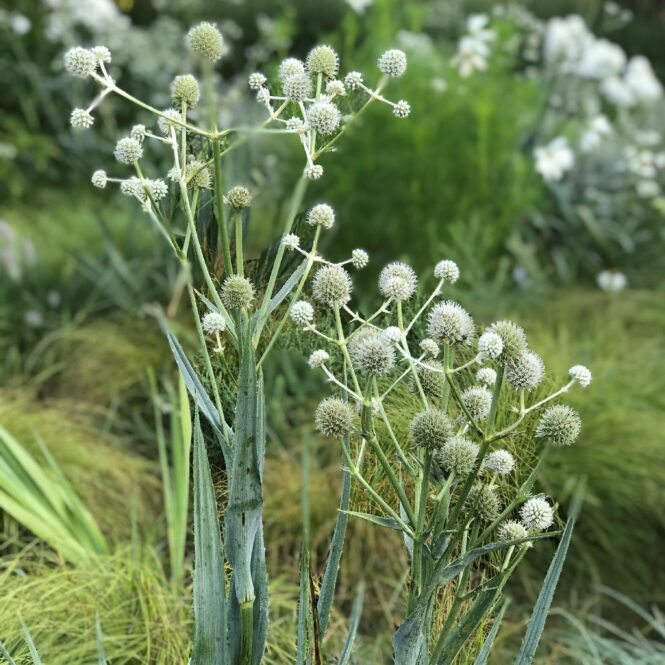
Rattlesnake Master - Its name might sway you to think of cowboys, tumbleweeds, and the wild West. However, it is a true Midwestern native with its roots deeply planted in Wisconsin soil.